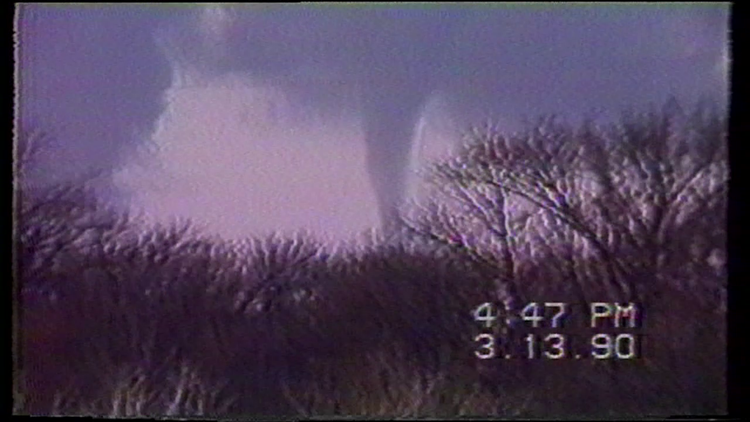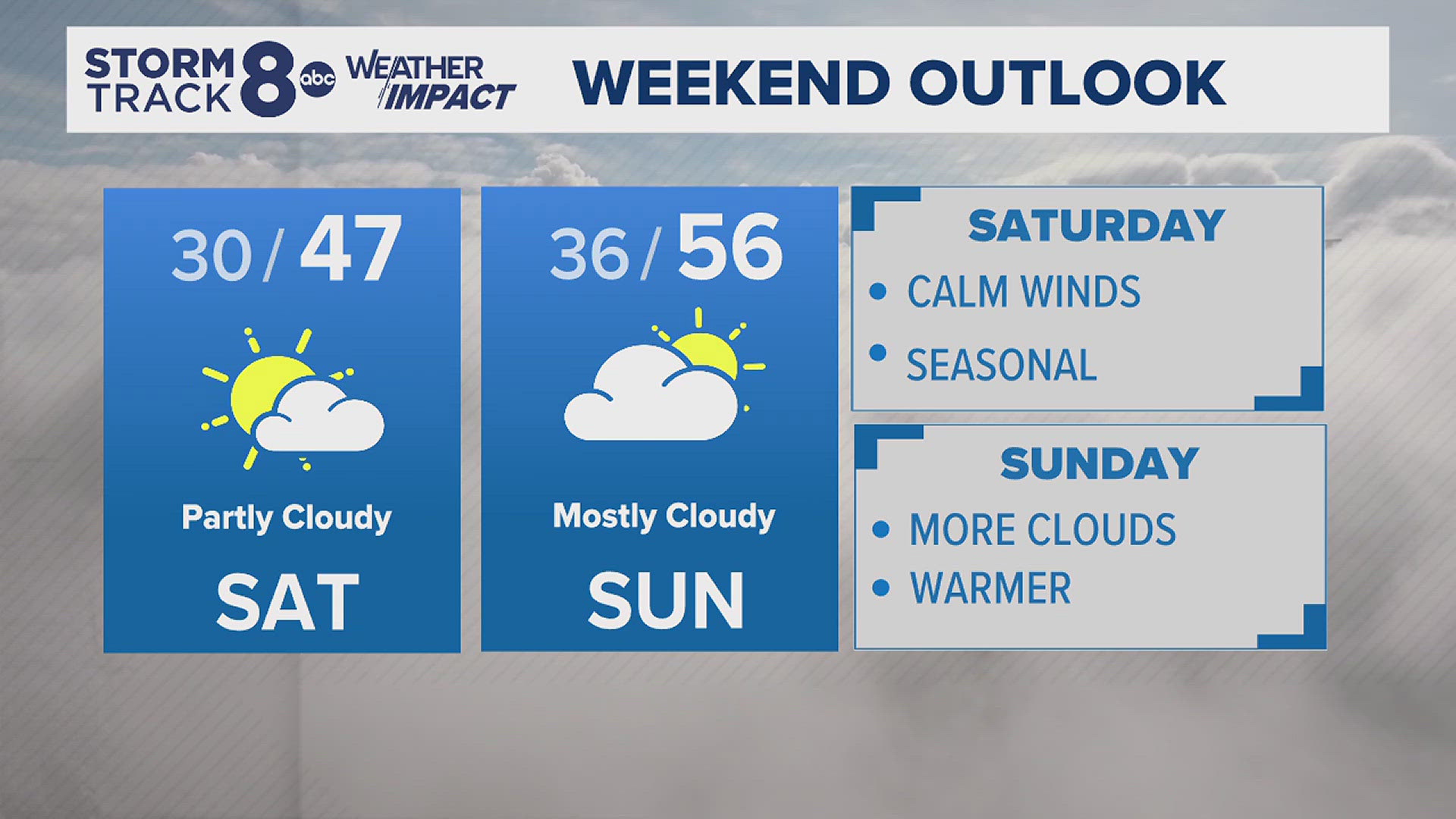MOLINE, Ill. — Severe weather season is looming near and this week is Severe Weather Preparedness Week in Illinois. On Tuesday, March 1 at 10 a.m., our sirens will go off for their monthly test, so don't be alarmed when you hear them on a beautiful Tuesday morning.
How will you receive emergency alerts and warnings?
Wireless Emergency Alerts (WEAs) are short emergency messages from authorized federal, state, local, tribal and territorial public alerting authorities that can be broadcasted from cell towers to any WEA-enabled mobile device in a locally targeted area. For example, Amber Alerts are sent out this way. If you are not receiving WEAs, check the settings on your mobile device, review your user manual, or check with your wireless provider to see if they can resolve the issue.
The Emergency Alert System (EAS) is a national public warning system that allows the president to address the nation within ten minutes during a national emergency. It can also be used by state and local governments/authorities to issue weather information, Amber Alerts, etc. These can be sent through broadcasters, satellite digital audio services, direct broadcast satellite providers, cable television systems, and wireless cable systems.
NOAA Weather Radio All Hazards (NWR) is a nationwide network of radio stations that broadcast continuous weather information from the nearest NWS based on your location. The NWR broadcast offers official warnings, watches, forecasts and other hazards information all day, every day. It also runs on batteries, so if you lose connection from Wi-Fi or electricity, you can still stay updated.
Put together a shelter plan
Always be sure you know where to go during severe weather. During a severe weather event, make sure you stay away from windows and go inside an interior closet, small interior room, or bathroom without windows. In the event of a tornado, make sure you have blanket or mattress to cover yourself with, and stay in the lowest level of the house or building if there is no basement.
If you are not at home during a severe weather event, try to find indoor sheltering as soon as possible. This can be a gas station, fast food restaurant, etc. Do not try to go under an overpass, the narrow passage they create could cause for an increase in wind speed under a bridge. If you are out during a tornado and cannot get to shelter leave your vehicle and lie down flat in a ditch or ravine. If you are not able to get to a ditch or ravine get down in your vehicle and cover your head or neck. Do not try to out run a tornado.
What is your family/household communication plan?
On a piece of paper (or on your phone as well), write down the contact information of everyone who living with you, such as their name, phone number, email address. You can also add other important people's names and numbers, such as doctors, hospitals, etc. Make copies to give to everyone in your household. They can carry it on their person or put it in their emergency kit bag.
Have emergency preparedness kits ready or update them
In the event of severe weather, property may be destroyed and electricity may be lost. It is important to have an emergency kit with basic items that you can survive on, including water, non-perishable food, battery operated radio, flashlight, first aid kit, extra batteries, whistle, dust mask to help with contaminated air, plastic sheeting and duct tape (if you have to shelter in place) , moist towelettes, plastic bags, wrench or pliers, and manual food opener.



